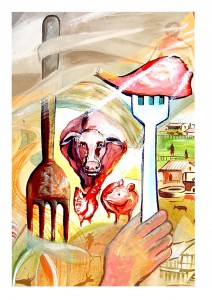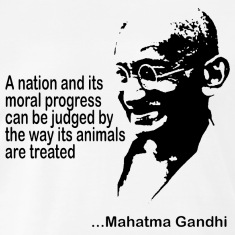 The livestock value chain can be defined as the full range of activities involving different people that are required to bring a product (e.g. live animal, meat, milk, egg, day old chick, feed, medicine, leather, fiber, manure) to final consumers passing through the different phases of production, processing and delivery.
The livestock value chain can be defined as the full range of activities involving different people that are required to bring a product (e.g. live animal, meat, milk, egg, day old chick, feed, medicine, leather, fiber, manure) to final consumers passing through the different phases of production, processing and delivery.
It can also be defined as a market-focused collaboration among different stakeholders who produce and market value-added products.
Value chain analysis is essential to an understanding of markets, their relationships, the participation of different actors, and the critical constraints that limit the growth of livestock production and consequently the competitiveness of farmers. It is also important to note that networks and linkages in value chains that link production systems, markets and consumers constitute a contact network, which provides opportunities for the transmission of contagious diseases within and between sectors.
At Vet Helpline India we conduct value chain analysis both to suggest ways for value chain up-gradation and to assist government agencies for people centered risk based control of animal diseases.



